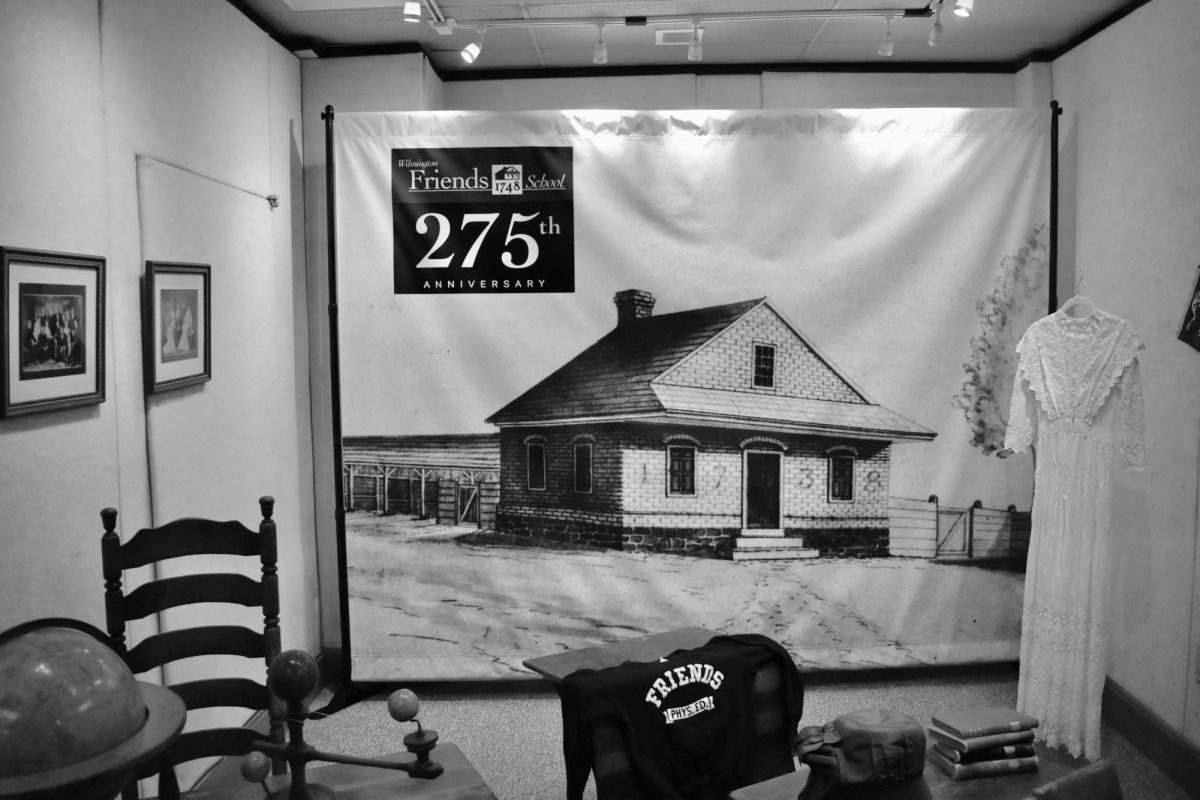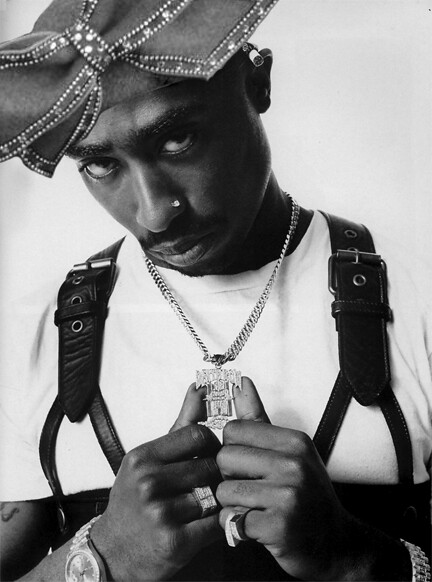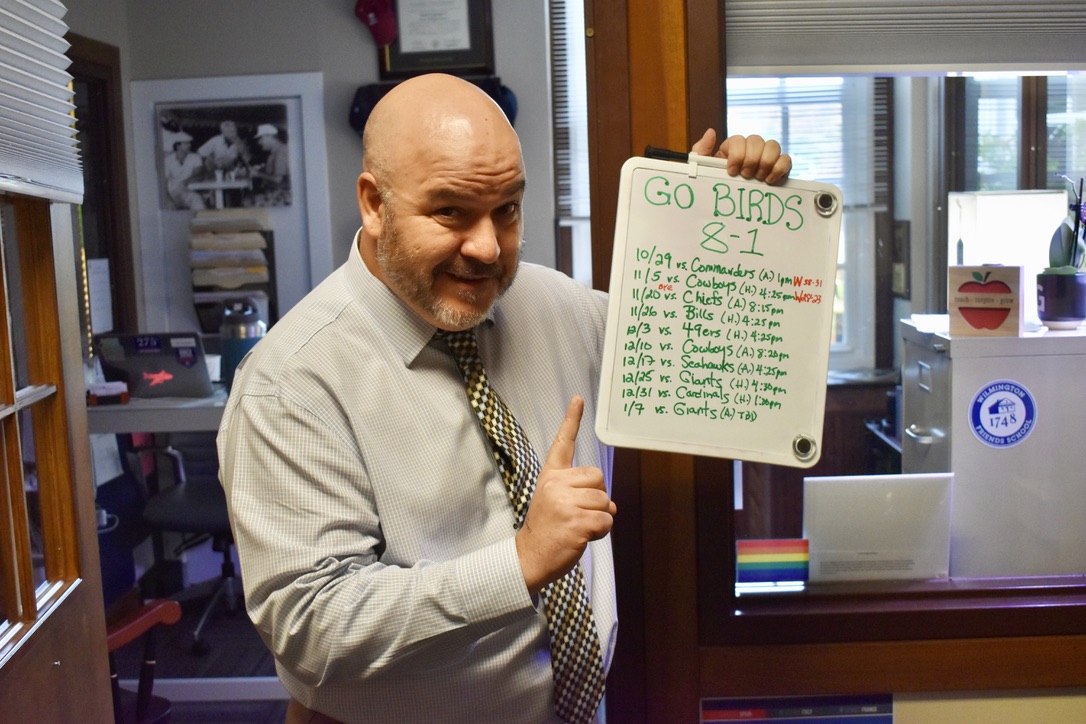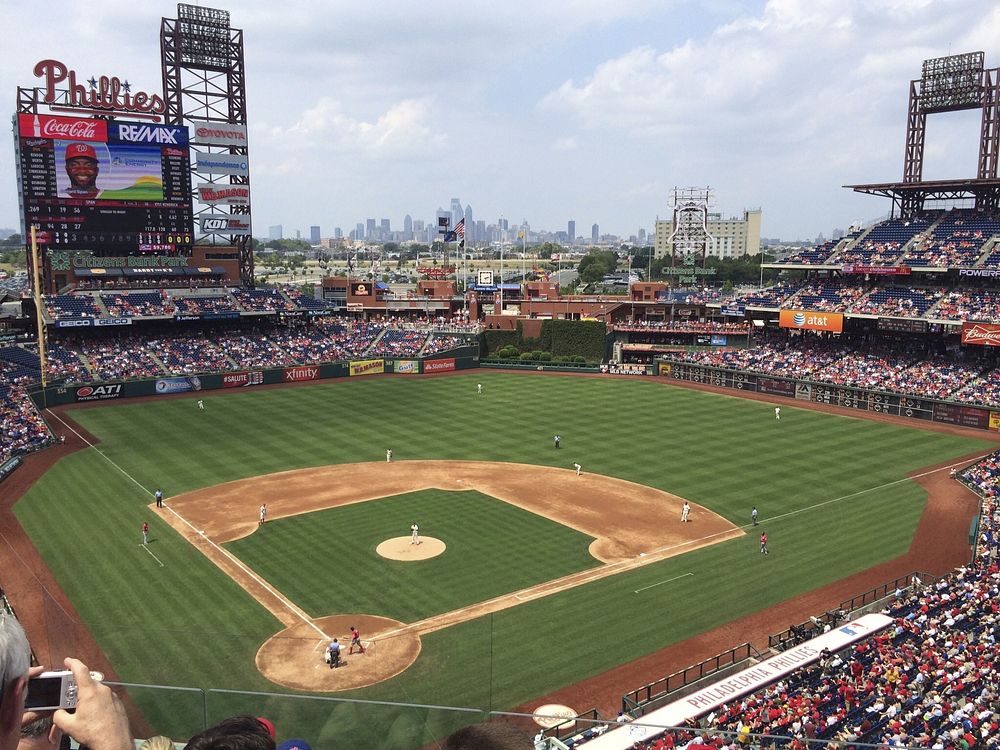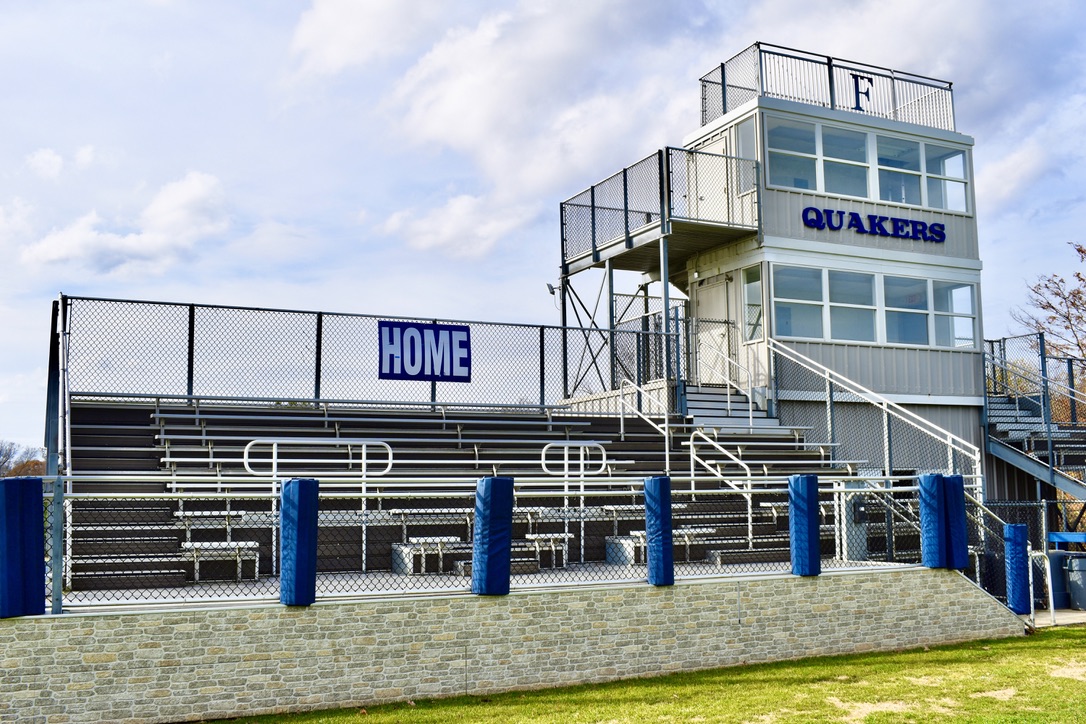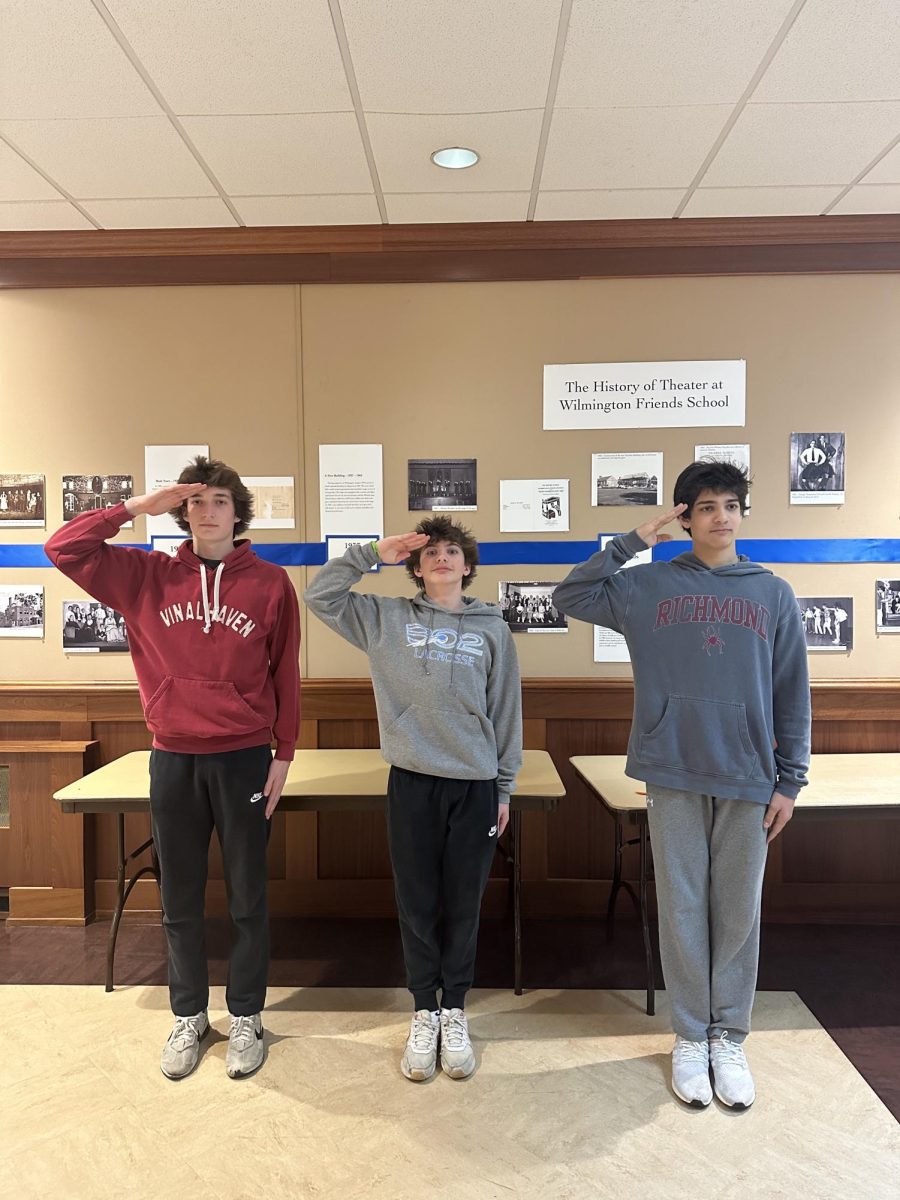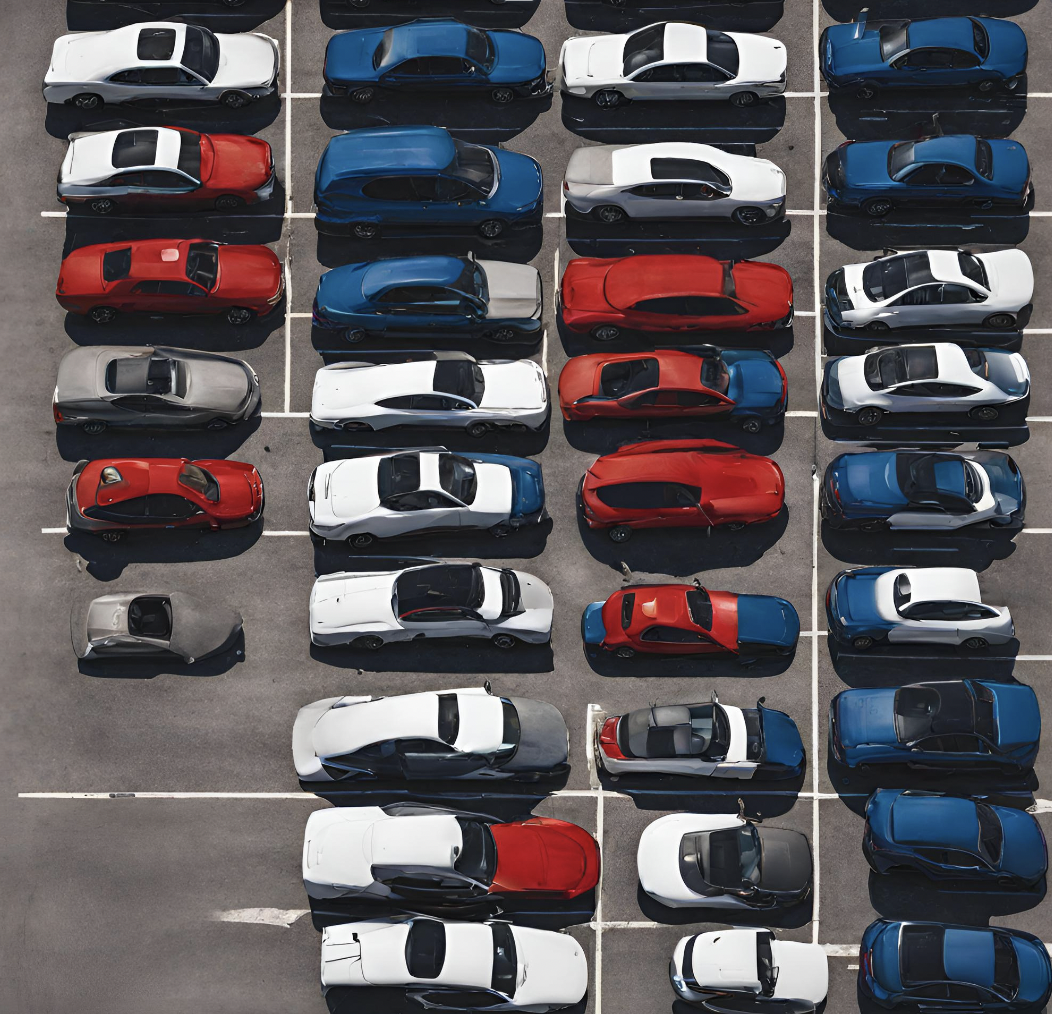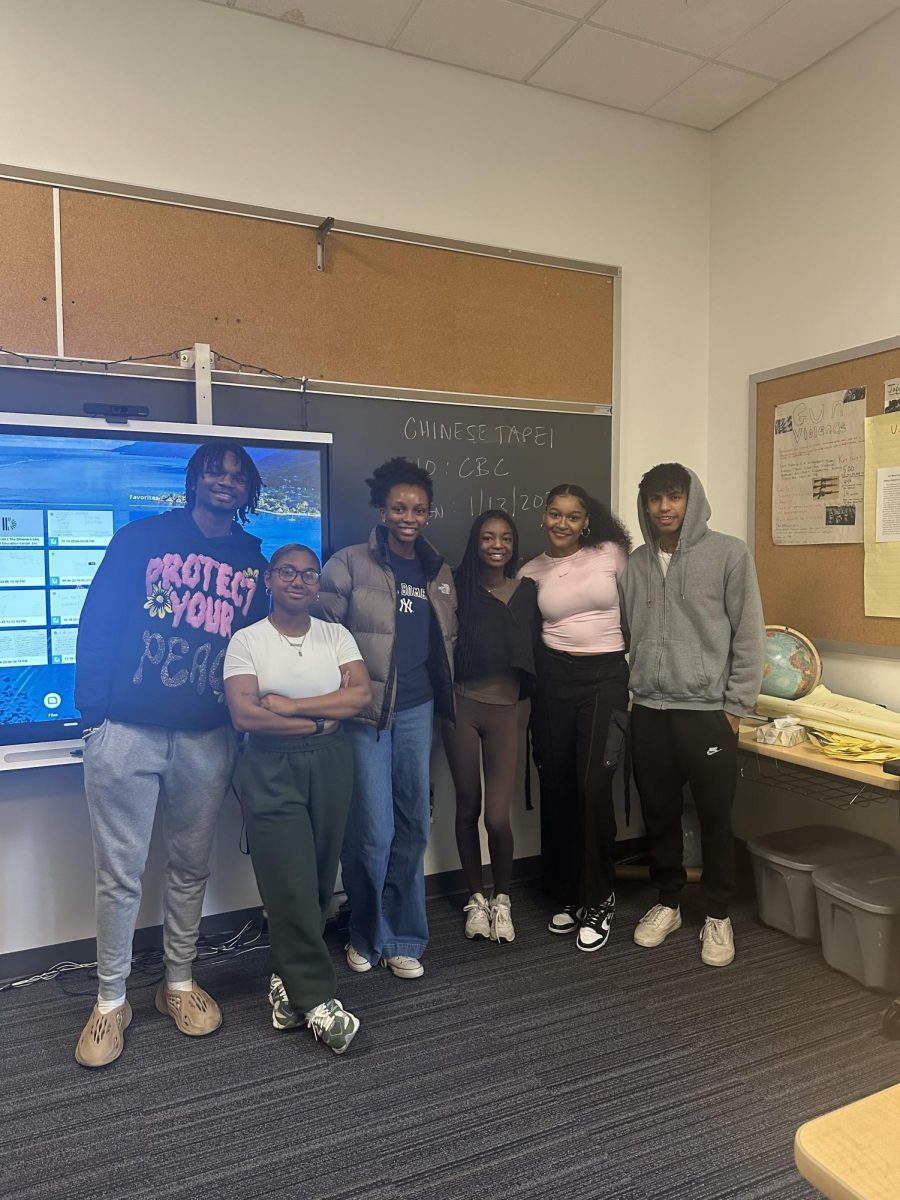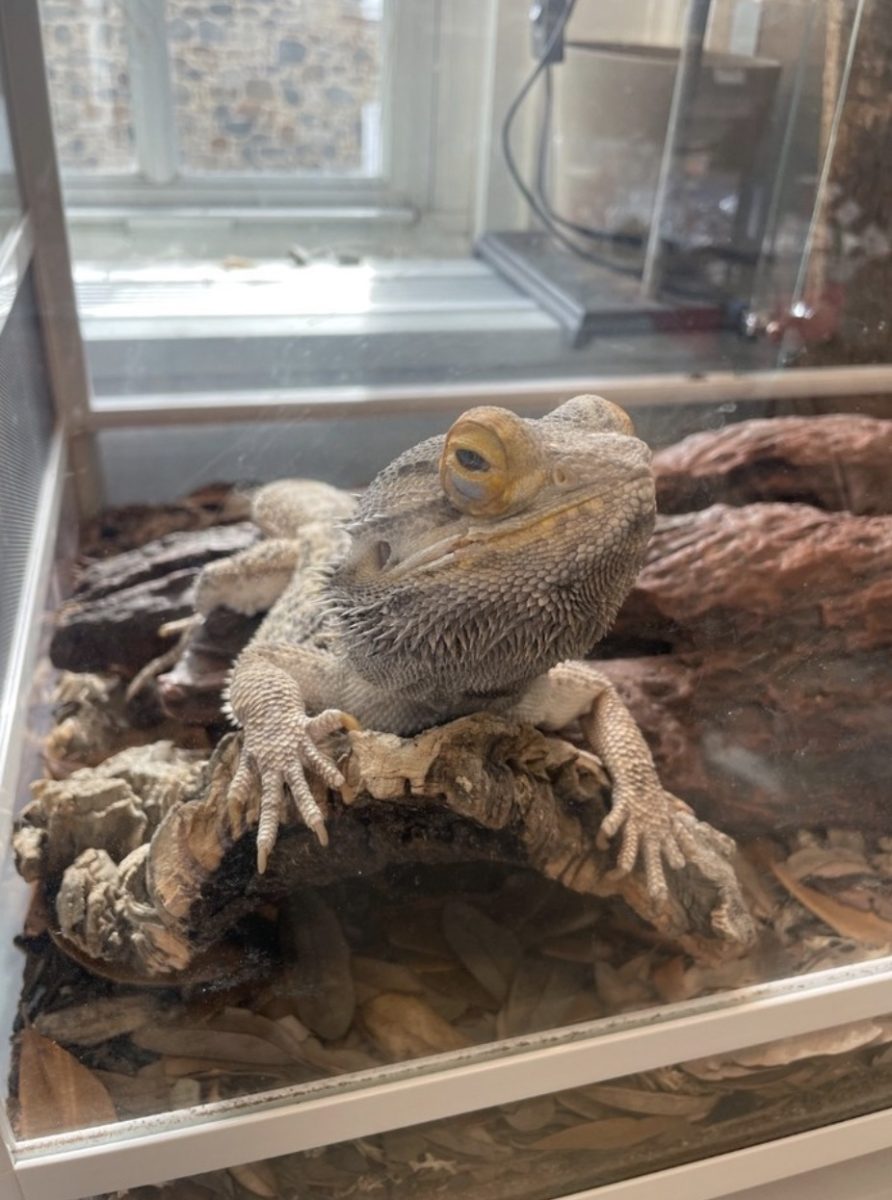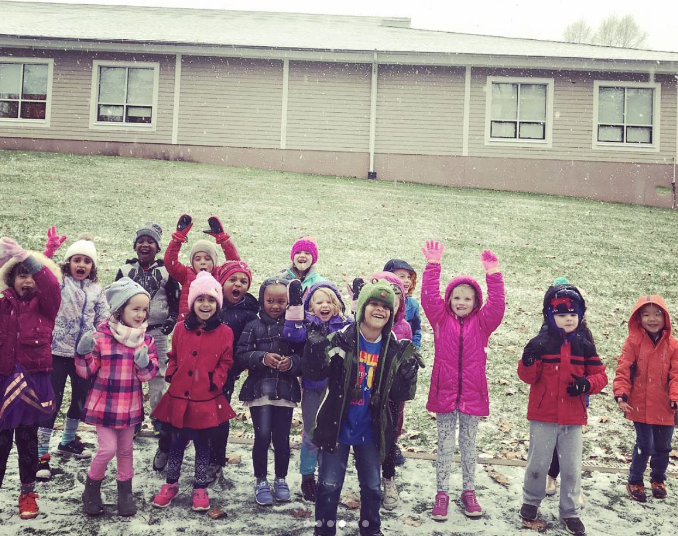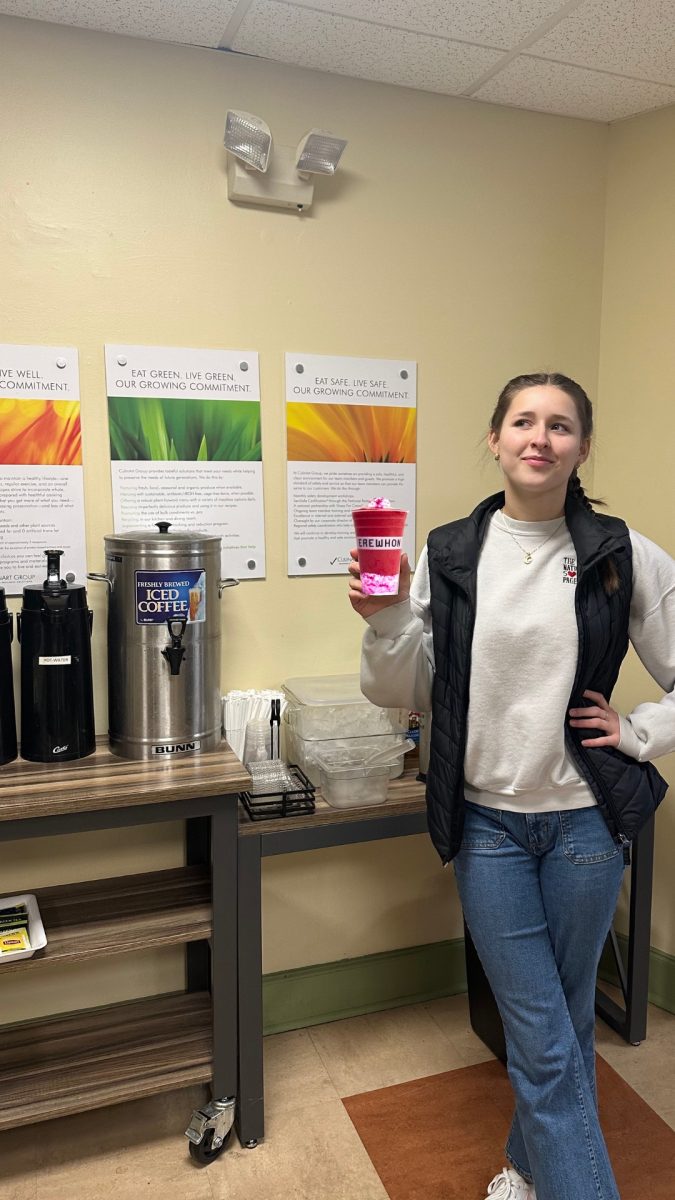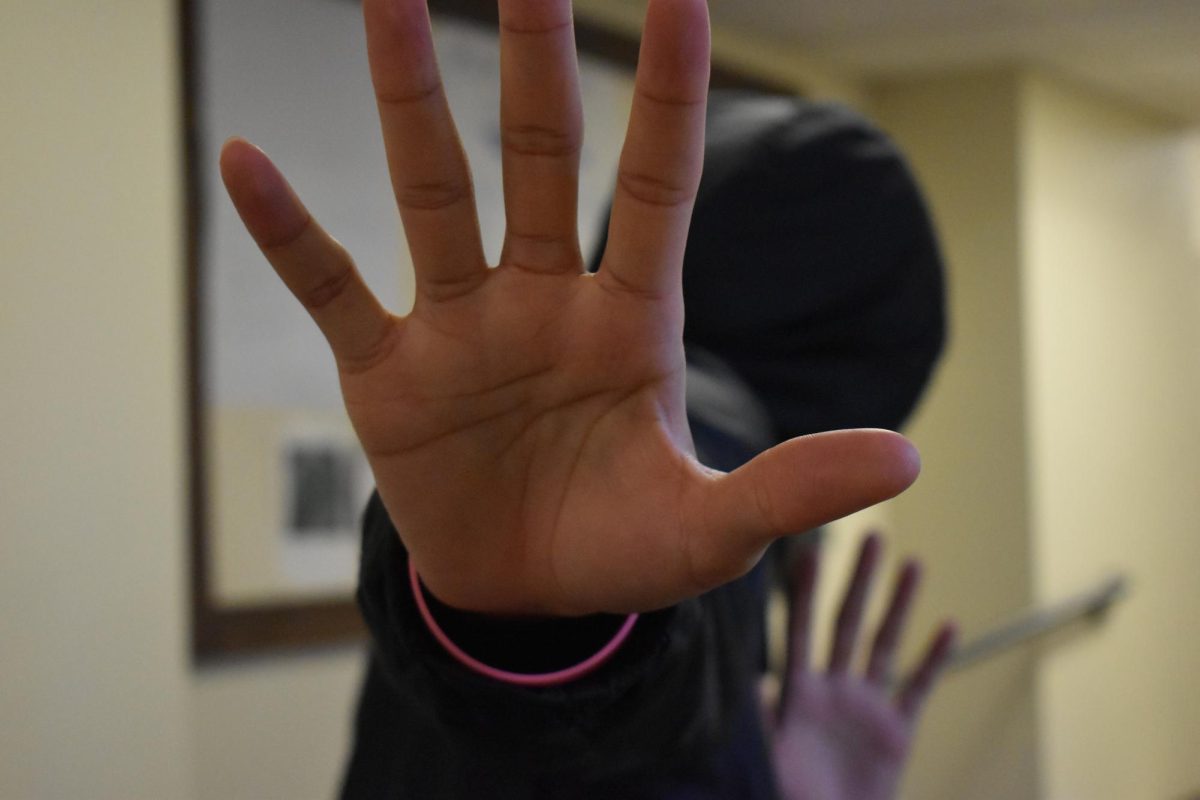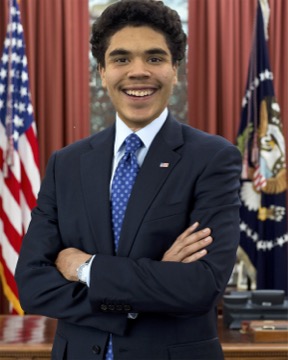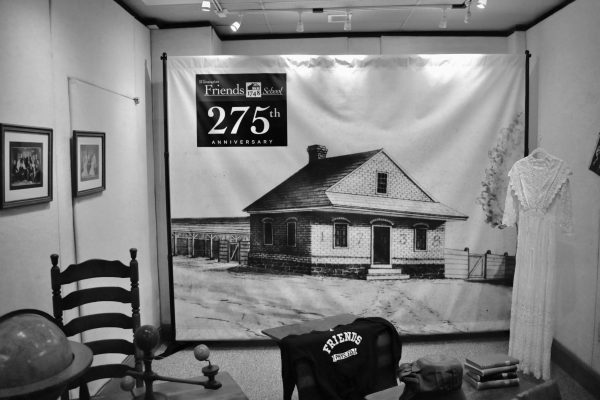Nestlé’s Dark Past and Hopefull Future
December 27, 2020
Nestlé is a company worth approximately $320 billion according to Forbes. It owns around 2000 brands, some of them being staples in the average American household, from Cheerios, Purina, and Kit-Kat. Pick a food and drink company, and it has a pretty good chance of being owned by Nestlé. But all of this success hasn’t come without its fair share of controversy. Child labor and slavery come readily to mind. While nobody wants to be known as a supporter of child labor or modern slavery, it’s pretty difficult to avoid the harsh reality. Condemning it only goes so far without action, and action is only useful if it’s informed.
Through its 154 years of operating, the company has come under fire for several somewhat minor things like potentially including rubber in their cookie dough), to major cases like using potentially harmful chemicals in dog food (a lawsuit that was dismissed by the judge). While it’s difficult for the average consume to delve into all of the commercial ups and ethical downs of Nestlé, it’s worth investigating two specific points of concern; child labor, and privatizations of water.
In 2019, Nestlé was dropped from the Roundtable on Sustainable Palm Oil (RSPO ) due to “breaches of the RSPO statutes and code of conduct for members”(They didn’t submit a report for 2016, and their 2017 report didn’t include all the correct information). They also released a statement in 2016 through The Guardian denouncing some of their suppliers’ use of slavery in Thailand. This move was applauded by Nick Grono, the CEO of the Freedom Fund and a known human rights defender, but was somewhat contradicted in 2018 after their opposition to an Australian law proposing large businesses must submit annual reports about slavery (Modern Slavery Bill 2018). Lawsuits regarding child labor in the Cote d’Ivoire are not the first and northe last, unfortunately for Nestlé.
The problematic modern timeline of Nestlé is evident in their privatization of water. Nestlé Waters had sales of close to 3.58 billion dollars in North America as of 2019. Some of that water is coming from US national parks, like San Bernardino in California, where Nestle took 45 million gallons of water. The cost of that permit was around 2,000 dollars, at the price of the park’s ecosystem. And this isn’t the only instance. In Maine, officials signed a 25-year contract with Poland Springs, a Nestlé subsidiary, for 75 million gallons of water per year. These examples seem to match pretty well with the statements made by Nestlé’s former CEO, Peter Brabeck-Letmathe when he said, “The one opinion, which I think is extreme, is represented by the NGOs, who bang on about declaring water a public right. That means that as a human being you should have a right to water. That’s an extreme solution.”. In his opinion, water should have a price, meaning it is moved to the private sector.
Since 2001, child labor is still a crucial part of the cacao system, but some progress has been made. In 2001, several major chocolate companies pledged to eradicate “the worst forms of child labor” within the next four years. Due to many reasons including a lack of understanding about how deep this problem is, this pledge was changed to 70% of all child labor to be eradicated by the next year. To give an understanding of how large this problem is, according to a 2015 US Dept. of Labor report, around 2 million underage workers worked in regions that primarily produce cacao. One thing Nestlé is working on implementing in the region is the Child Labour Monitoring and Remediation System (CLMRS), which is meant to identify children that could become part of the child labor system, providing/engaging their communities with “individualized remediation measures”. So far, they have educated 600,000 persons at risk of child labor exploitation, are monitoring 78,000 children, built 49 schools, and helped 5,725 children secure birth certificates. They plan to eliminate all child labor within their business and be able to trace all of their cacao by 2025. Mr. Takeall, the Global Peace and Justice teacher proposed some other solutions to child labor: “In the early 20th Century, important bulwarks against runaway capitalism like the Labor Movement, the Child Saving Movement, and the eventual establishment of a robust welfare state, all worked to undermine the incentives for child labor in the United States. In other words, economically secure families and communities aren’t forced to feed their children to employers.”
The story of Nestlé is one of high profit at the cost of ethics. The cacao industry is infamous for its poor labor ethics, and Nestlé has been no exception. Its attempts to monetize clean drinking water, something deemed a human right by the United Nations, is not a sign of good faith, either. However, thanks to public scrutiny and pressure, Nestlé has been making a change in their business model for the better.

